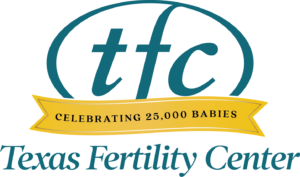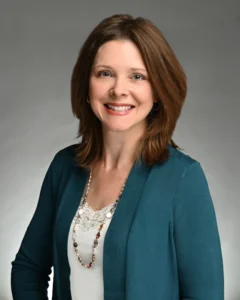One of the most difficult choices facing patients is whether and when to move from one step of the fertility process to another. Agreeing to see a fertility specialist and choosing to pursue a treatment plan is often a decision that is reached by couples after much discussion and struggle. If one particular intervention does not result in a successful pregnancy, how do you decide what to do next?
First of all, I encourage my patients to acknowledge the disappointment they experience when a specific course of action has not worked. Elisabeth Kubler-Ross in her book On Death and Dying describes a process by which people deal with grief and tragedy. She originally applied this process to those suffering from terminal illness. Later she applied the same concepts to any form of catastrophic personal loss. It is appropriate to view an infertility diagnosis in this context. The stages of grief described by Kubler-Ross include denial, anger, bargaining, depression, and acceptance. These steps do not necessarily come in the order noted above, nor are all steps experienced by all patients, though Kubler-Ross believes that a person will always experience at least two. Couples should be aware that they may experience grief differently from one another and that they may be at different stages in the process. Keeping an open line of communication is extremely important to minimize feelings of isolation, blame, guilt, and depression.
At Texas Fertility Center, we encourage the couples we work with to schedule a time when both partners are available to come to the office to discuss their previous treatment, what we can learn from testing and treatment they have already undergone, and how this information influences the recommendations for the next steps. Sometimes, especially when the male partner has not been present at several of the office visits, this approach provides an opportunity to reinforce some of the fundamental aspects of their particular situation which may have been forgotten or may still be unclear.
Reviewing success rates,costs, risks, and the time commitments involved in the various treatment options usually provides clarity about the pros and cons of pursuing a particular path. I often find that partners are not necessarily on the same page when it comes to their readiness and willingness to move forward. This is common; most of us do not arrive at decisions and conclusions in the same way or at the same time. However, when this happens, I usually recommend that the couple consider meeting with a mental health professional who specializes in treating people dealing with infertility. This person has access to tools that facilitate conflict resolution, compromise, and ultimately consensus decision-making.
In my practice, I think the most difficult decision for couples is the one concerning the use of an egg or sperm donor. The typical first response is “No, we don’t want to do that.” If, in their personal situation, the data is compelling that utilizing a donor offers the best – or even only – chance for a successful pregnancy, my approach to the couple is different. I ask them to visualize their lives five years down the road. What do they see? Is it possible to be in a happy place with just the two of them? Does the vision of a childless family cause pain? The most critical part of this decision is being honest about priorities. Sometimes, couples only want a child if the baby shares both of the parents’ genetics. If that is not possible, then their preference would be to remain childless. However, if the most important thing is to parent a child together, then it becomes an issue of choices.
What do I mean by that? I ask the couple to think back to situations in their lives where they did not get their first choice. This could mean in a relationship, job offer, etc. How did that ultimately turn out? I use this example because I can personally think of several situations where I thought I would die if I did not get my first choice (and then I didn’t), and what happened next was better than I ever imagined my first choice would be. The children that result from treatments using donor eggs or sperm are the children that couple was meant to have; maybe not what they would have chosen in the beginning, but what they can now not ever imagine living without. My best advice to couples in the transition of treatment decision-making is to visualize their possibilities and look at the most effective way to make that happen.




